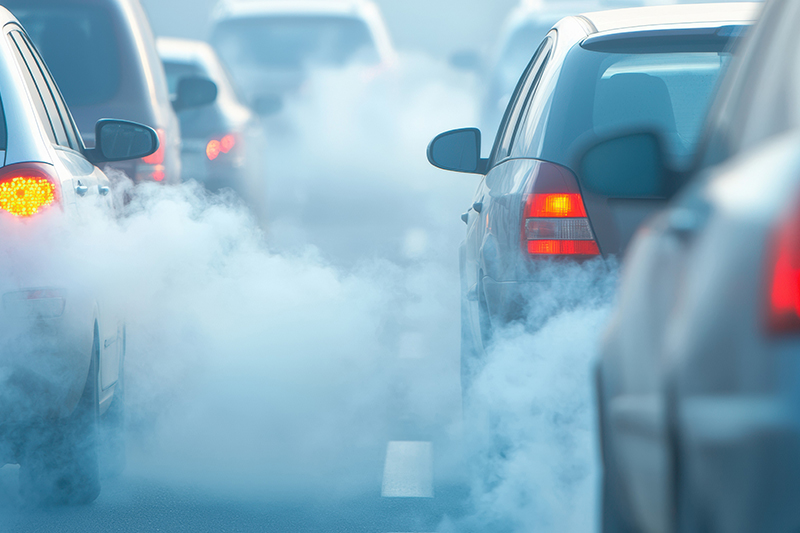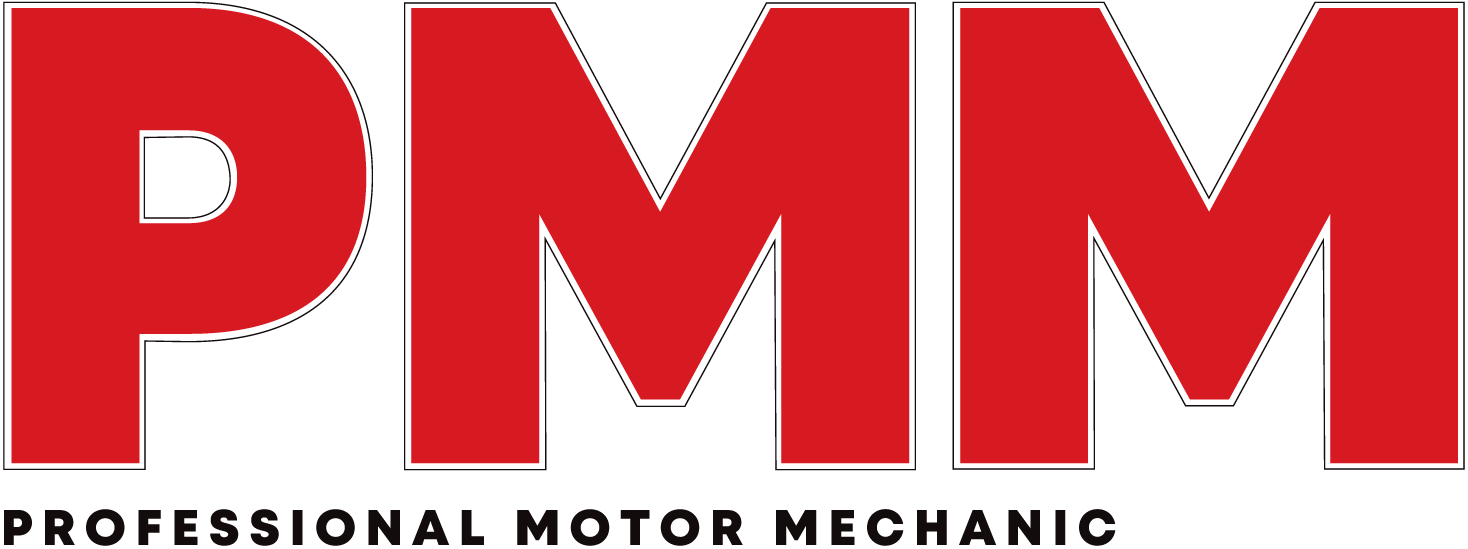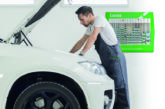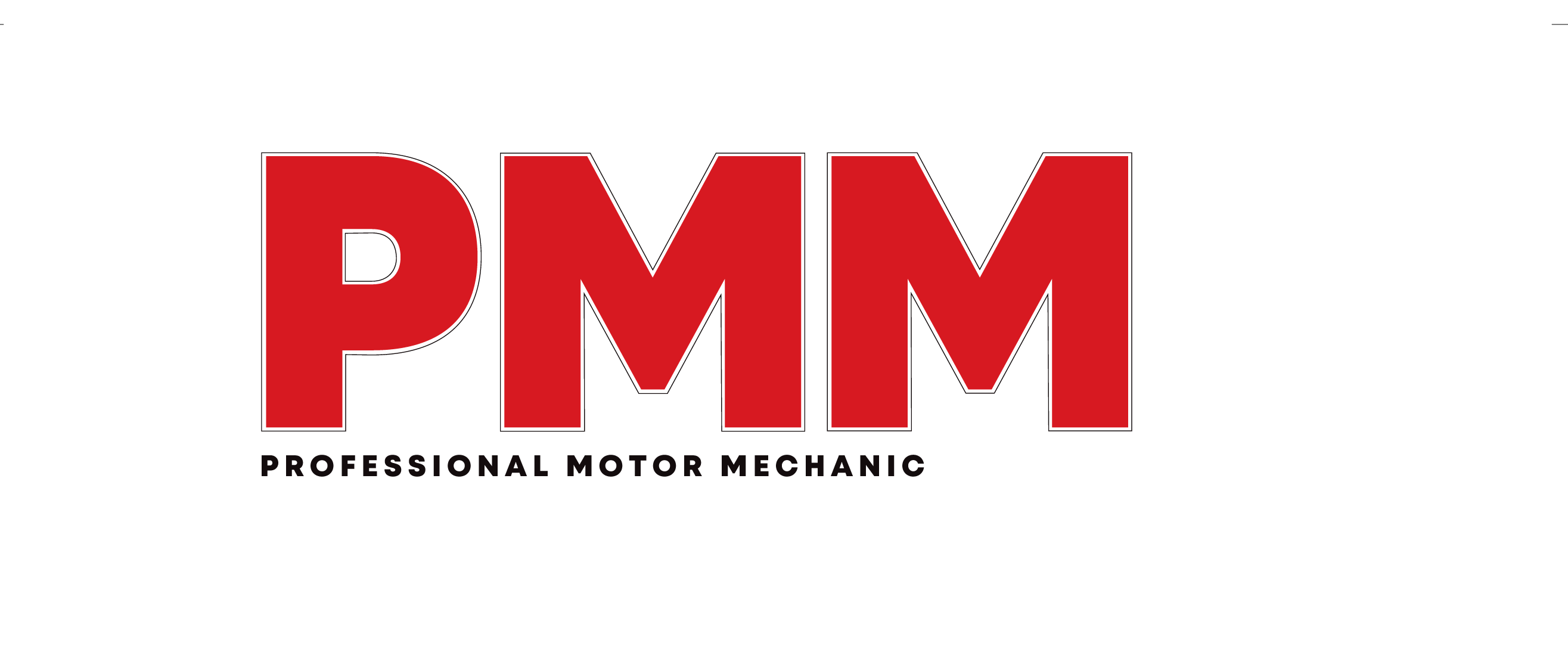
EEC provides readers of PMM a guide to emissions and the MOT, as this process becomes more rigorous for workshops.
As governments tighten the reins on vehicle emissions, MOT emissions testing is becoming increasingly rigorous. The push to reduce harmful pollutants means stricter limits on what can come out of your exhaust. For example, modern Euro 6 diesel emissions systems require exhaust gases to journey through a series of four sophisticated filters and catalysts, including an Oxicat, DPF (Diesel Particulate Filter), Diffuser, and SCR (Selective Catalytic Reduction).
Diesel Particulate Filters are the unsung heroes of modern diesel engines, designed to trap and dispose of sooty particles – formally known as particulate matter. Think of them as high-tech sieves, catching harmful particles before they can escape into the atmosphere.
Under ideal combustion conditions, a diesel engine would emit only carbon dioxide, water, and nitrogen. But real-world conditions are far from perfect. The incomplete combustion of diesel results in a cocktail of emissions: nitrogen oxides, carbon monoxide, hydrocarbons (HC), and particulate matter laden with soot, ash, and even traces of engine oil debris.
PM falls into two categories:
1. Particles between 2.5 and 10 microns
2. Sub-2.5 micron particles
Shockingly, over 99 per cent of diesel particulates are smaller than 2.5 microns – tiny but incredibly dangerous. These particles are carcinogenic, posing severe health risks. Fortunately, wall-flow diesel particulate filters can capture at least 85 per cent of these harmful particles, with some systems achieving nearly 100 per cent efficiency under high-load conditions.
Continued maintenance
Your DPF is a marvel of engineering, but it’s not invincible. Excessive PM production usually points to upstream issues, such as:
• Faulty fuel injectors
• Malfunctioning glow plugs
• Contaminated or incorrect oil
• A clogged air filter
• Problems with turbos or EGR valves
Routine maintenance is key. Using high-quality fuel additives – like EEC’s 6-in-1 – can prevent carbon buildup, protect components, and assist with DPF regeneration.
How DPF regeneration works
DPFs don’t just trap PM – they also clean themselves through a process called regeneration. When PM levels reach about 60 per cent, the engine control unit initiates regeneration, injecting additional fuel to heat the DPF to over 550°C. This burns off the accumulated PM.
Regeneration can be affected by the following:
• Poor engine maintenance.
• Turbo or injector issues
• Faulty pressure or temperature sensors.
• Faulty EGR valve.
• Damaged exhaust system (low/high back pressure air leaks upstream of the DPF).
• Incorrect oil, incorrect fuel.
• Less than 20 litres of diesel in the fuel tank
• Engine oil levels can increase due to diesel getting into the engine, as a result of the regeneration process. If this occurs you need to replace the engine oil and oil filter, when replacing the DPF.
• EML light on.
• Do not use sealant up stream of a cat or DPF
To ensure proper regeneration:
• Inspect pressure pipes for damage or debris.
• Verify the EGR system is functioning correctly.
• Use the manufacturer-recommended engine oil.
• Check for diesel contamination in the engine oil.
• Ensure the active system fuel additive (e.g., Eolys) is sufficient relating to PSA vehicles.
• Ensure the fuel vaporiser is working correctly ( Relating to some Ford Models)
If the DPF fills beyond 90 per cent capacity (or 45 grams of PM), it may become irreparable. Blocked DPFs aren’t covered under warranty, so prevention is paramount.
DPFs and the law: what you need to know
Tampering with your DPF is a big no-no. Under MOT regulations, a modified or removed DPF is an automatic fail. Worse yet, it could invalidate your motor insurance under the Road Vehicles (Construction & Use) Regulations [61a(3)].
At EEC, we’re committed to helping technicians tackle emission challenges. With a growing range of high-quality DPFs and an in-house wash-coating facility in Denmead, we prioritise excellence for both domestic and export markets. Our education and training programs empower industry professionals to diagnose and resolve emission issues with confidence.









